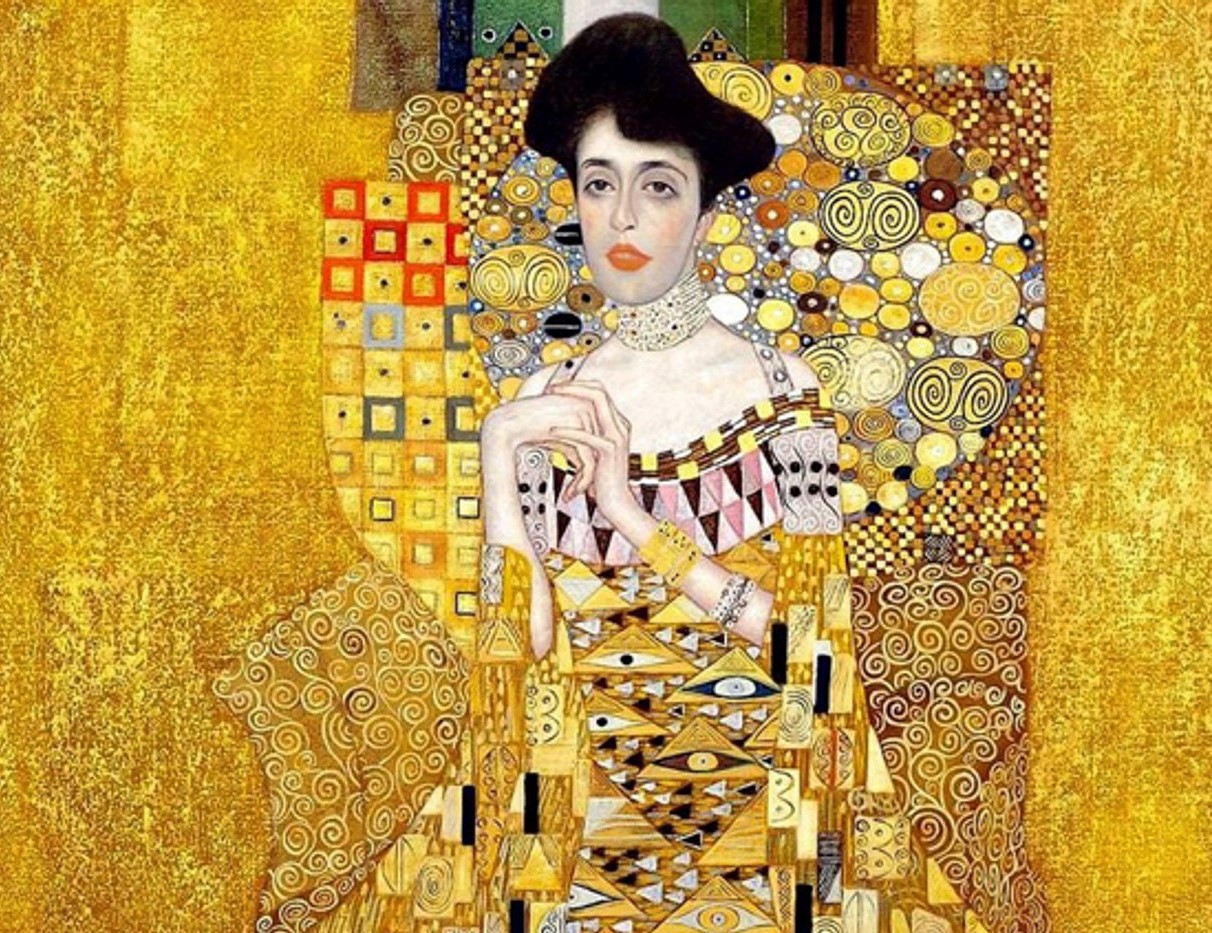
Lifestyle

The remarkable journey of Klimt’s Woman in Gold
In 1907, Austrian artist Gustav Klimt completed a striking gilded portrait of Jewish socialite Adele Bloch-Bauer in Vienna. Commissioned by her husband, Ferdinand Bloch-Bauer, a banker and sugar magnate, it’s best known as The Woman in Gold.
It represented the opulence of the Viennese Jewish nouveau riche and a community that would be decimated by the Anschluss with Germany in 1938 and the horrors of the Holocaust that followed. Stolen by the Nazis in 1941, 70 years later, Adele’s family was finally able to reclaim the painting and five other Klimt masterpieces from Austria.
Randy Schoenberg, the California lawyer who made it all happen, told this inspiring story of perseverance and justice in a SA Jewish Report webinar on Sunday, 20 February. The tale was the inspiration for the 2015 film Woman in Gold.
Schoenberg’s grandmother was best friends with Maria Altmann nee Bloch, the niece of the childless Adele and Ferdinand, so he had an emotional connection to the entire saga. Altmann was a laatlammetjie, much younger than her siblings. She therefore was the only one alive to fight for the restitution of the paintings when the time came.
Klimt was a womaniser, with at least 18 people claiming to be his illegitimate children. Rumours of an affair with Adele abounded but were never proven. He completed another portrait of her in 1912. The other four Klimt paintings in question were landscapes.
Adele died aged 42 in 1925. Ferdinand’s brother, Gustav Bloch-Bauer, was the executor of her 1923 will, which requested that the six paintings be given to the Austrian State Gallery (the Galerie Belvedere) after Ferdinand’s death. In deceased estates, this is known as “precatory language”, somewhat less than a direct order. Ferdinand fled Vienna shortly after the Anschluss in 1938, and lost his fortune, including the paintings. The Nazis stole the painting in 1941, and it was later donated to the Galerie Belvedere, supposedly fulfilling Adele’s wishes. Her Jewish-sounding name was removed from its new title, Dame in Gold, in German.
Ferdinand himself died in 1945, leaving his estate to his two nephews and his niece, Maria. Altmann, born in 1916, also fled Europe and eventually settled in Los Angeles.
Fast forward to 1998, when Austrian investigative journalist Hubertus Czernin broke the story that the Galerie Belvedere housed several artworks stolen from Jewish families. The gallery would neither acknowledge the crime nor restore the art to these families. Altmann then asked Schoenberg, a family friend, to help her get the paintings back after the law changed in Austria allowing such claims. She was 85 at the time.
After a tortuous seven years, including winning in the United States Ninth Circuit Court and eventually the Supreme Court – against the odds – Altmann was given permission to sue Austria. With Altmann then aged 89, she and Schoenberg agreed to a mediation process with the Austrian authorities. To their surprise, they were finally able to get the paintings back.
Altmann sold Woman in Gold to businessman and art collector Ronald Lauder (of Esteé Lauder fame, and also president of the World Jewish Congress) in 2007. It fetched a then-world record $135 million (R2 billion). Lauder put the work on public display in the Neue Gallery in New York. The other paintings were also auctioned off. Altmann died in February 2011, aged 94.
Schoenberg confirmed that Lauder did indeed – as depicted in the film – offer to pay for “a real lawyer”, the famous legal figure Robert Bork. Lauder felt that Schoenberg was too much of a greenhorn to win. Altmann (played by Helen Mirren in the film) stuck with Schoenberg (played by Ryan Reynolds).
Schoenberg noted that with the devastation of World War II, art was the last thing on many people’s minds, but more of these cases have recently emerged and have been won. “It put wind in the sails of other claimants,” he said. “I really believed it was possible to win. I really believed we were right … even though it was a long shot.”
He said many Jewish families were forced to surrender some artworks to the Austrian state in exchange for getting export permits for other pieces – essentially an extortion racket. “Jews were bullied after the war.”
This case elevated public knowledge of and admiration for Gustav Klimt and his works, and of course told the story of Adele Bloch-Bauer and Maria Altmann. By extension, it celebrates the lost world of Austrian Jewry – both the fabulously wealthy and the poorer Jews who sought refuge in Austria only to be collectively damned by the Anschluss and the Holocaust. Claims continue to be made to restore art stolen from Jewish families in Europe.










